 A lot has been said about computing in the future. Some have advocated for a mobile world with all or most of our data in the cloud whilst others insists the PC is here to stay. They all agree on one thing however, we will be computing in the future and computing and the internet will be an indispensable part of the hereafter.
A lot has been said about computing in the future. Some have advocated for a mobile world with all or most of our data in the cloud whilst others insists the PC is here to stay. They all agree on one thing however, we will be computing in the future and computing and the internet will be an indispensable part of the hereafter.
One of the major reasons Zimbabwe continues to drop behind in the computing arena is the cost of computing devices. A good smartphone or tablet will set you behind US $300 easy and so will a netbook. Meanwhile a laptop or desktop can put a $500 hole in your budget and even then, the specifications will not blow you away. On the other hand a Raspberry Pi computer complete with a starter kit, USB charger, case, SD card (4GB), mouse, keyboard and HDMI cable can be obtained for under $100 or at most $120.
The price difference is enormous even after allowing for the Zimbabwean 100% markup that is customarily slapped on tech and other products. It is a wonder therefore that no one, to my knowledge, has them on sale in Zimbabwe. They would make a killing!
The one laptop per child whilst noble has failed to break into the $100/unit threshold mainly because of the cost of LCDs and other components. The Raspberry Pi solved part of the problem by having a TV connector that allows one to use a TV as a monitor. Almost everyone has a TV lying around in their house which can potentially be turned into a computer and again I have to wonder that this is not already happening.
It is estimated that 16% of the Zimbabwean population ( that is about 2 million people) use the internet. That leaves 84% out in the cold. Given our teledensity of 100% and mobile penetration of 97% and the fact that every SIM card can be used to access internet; the obvious impediment to the 84% not joining the global village is lack of access to a computing device-an affordable computing device that is. Most budget cellphones below the $100 mark, like the Nokia X2, although affordable,are often unsuited for some computing tasks like Word processing or printing. Using a Raspberry Pi it is possible to plug in a USB dongle to allow a Raspberry pi to access 3G at a reasonable cost whilst allowing access to a full featured computer.
Despite efforts and attempts at electrification in rural areas where the majority of the population lives, some areas remain in the dark and others are frequently hit by blackouts. Batteries and Solar power are often used as an alternative in these places. Due to its low power consumption the Raspberry Pi can be use with a battery and solar power without any modifications to the existing solar system. It is even possible to use ordinary dry cells.
Using existing technology such as our Television, Solar power, 3G networks and dongles at a reasonable price it seems the Raspberry pi was made with Zimbabwe on mind. I am surprised by the little attention it has gained on the local market. It was supposed to be a pie that we needed.


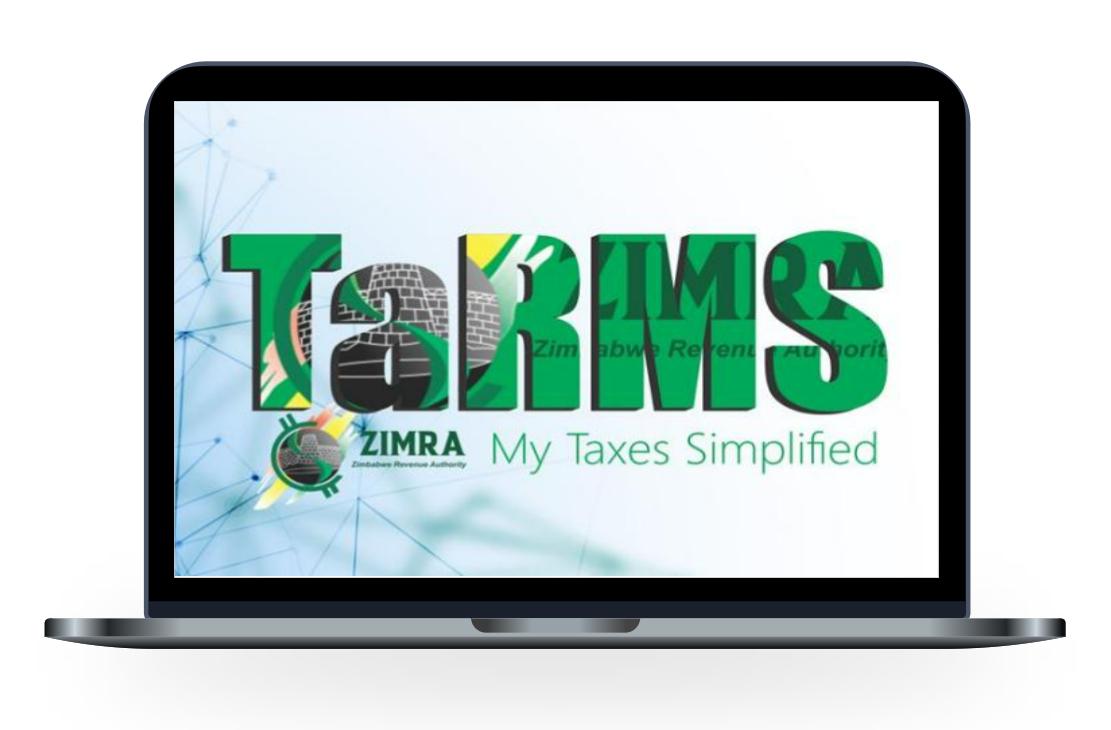


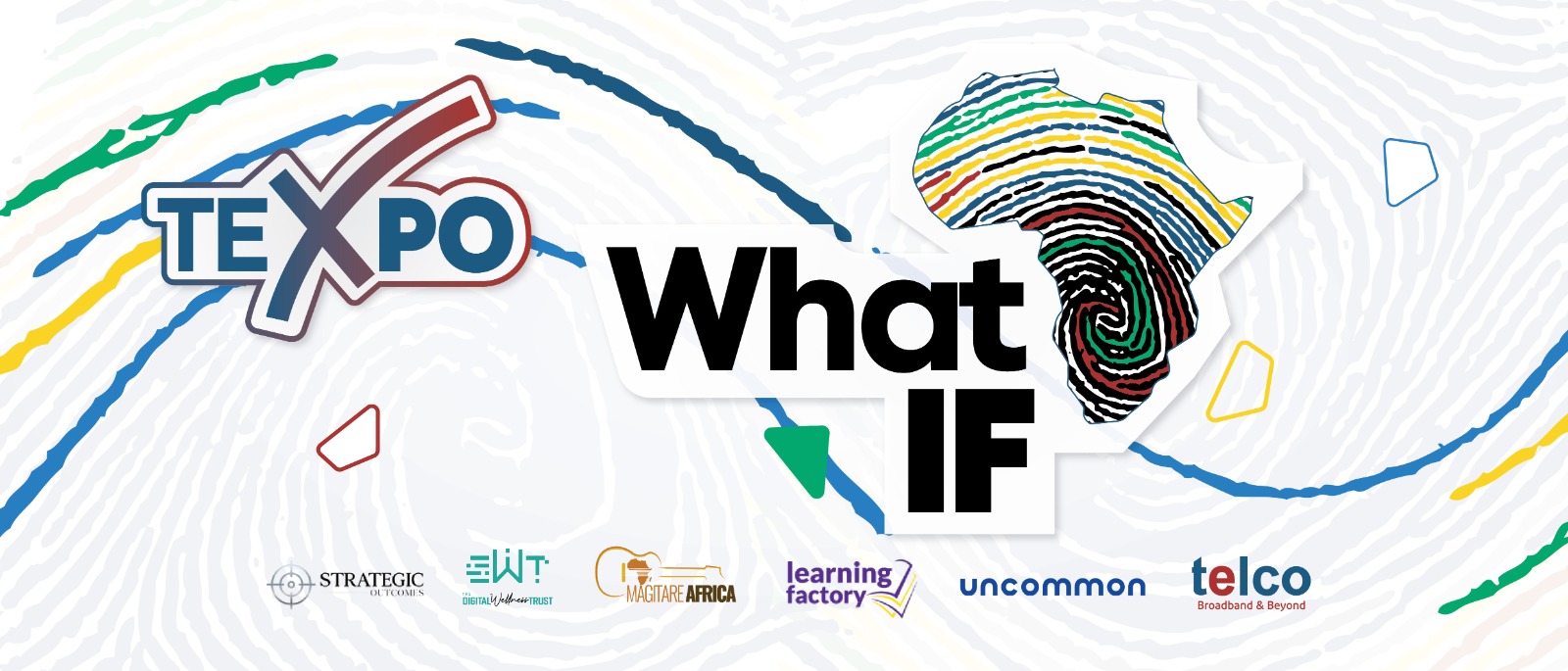

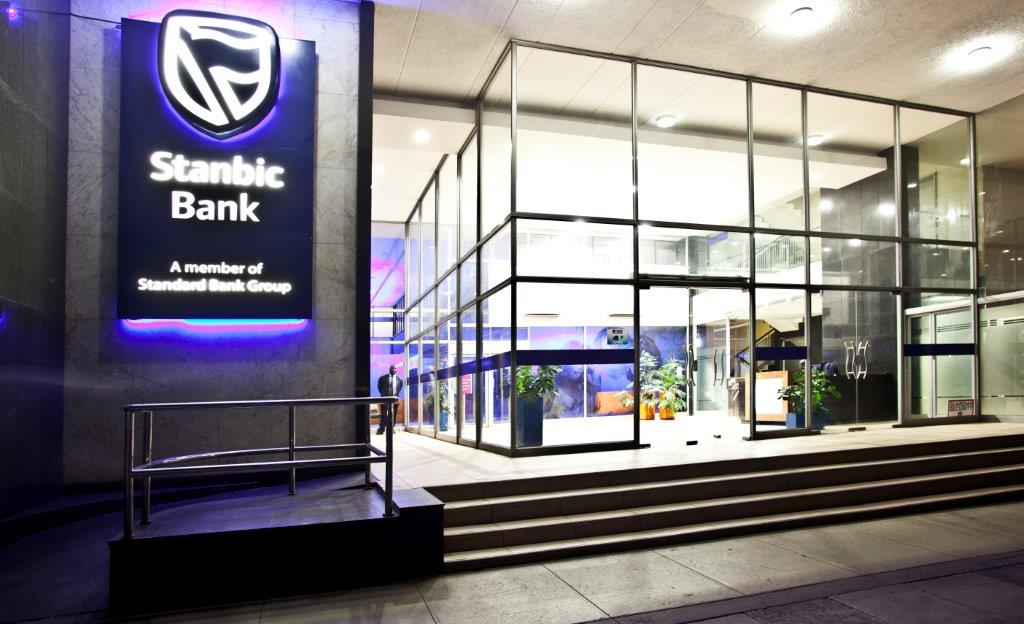

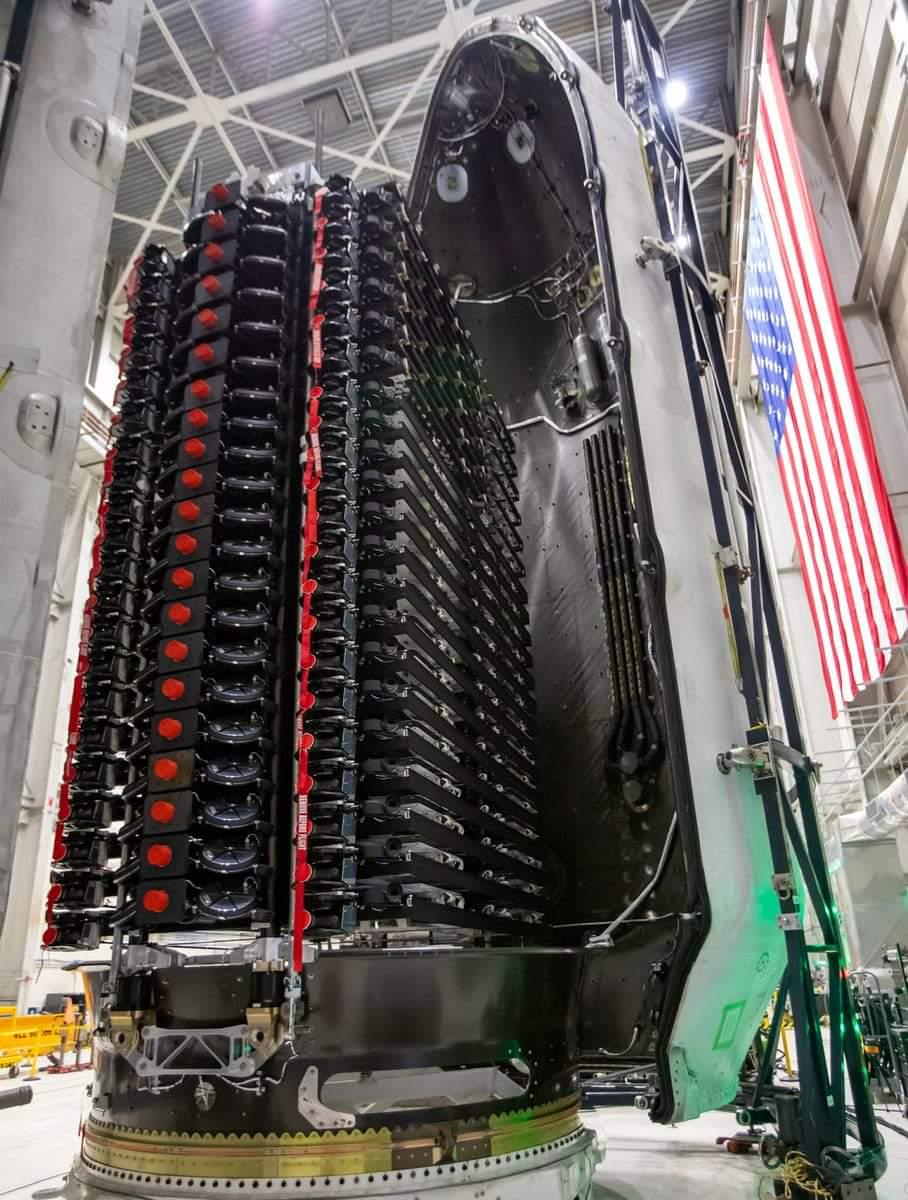
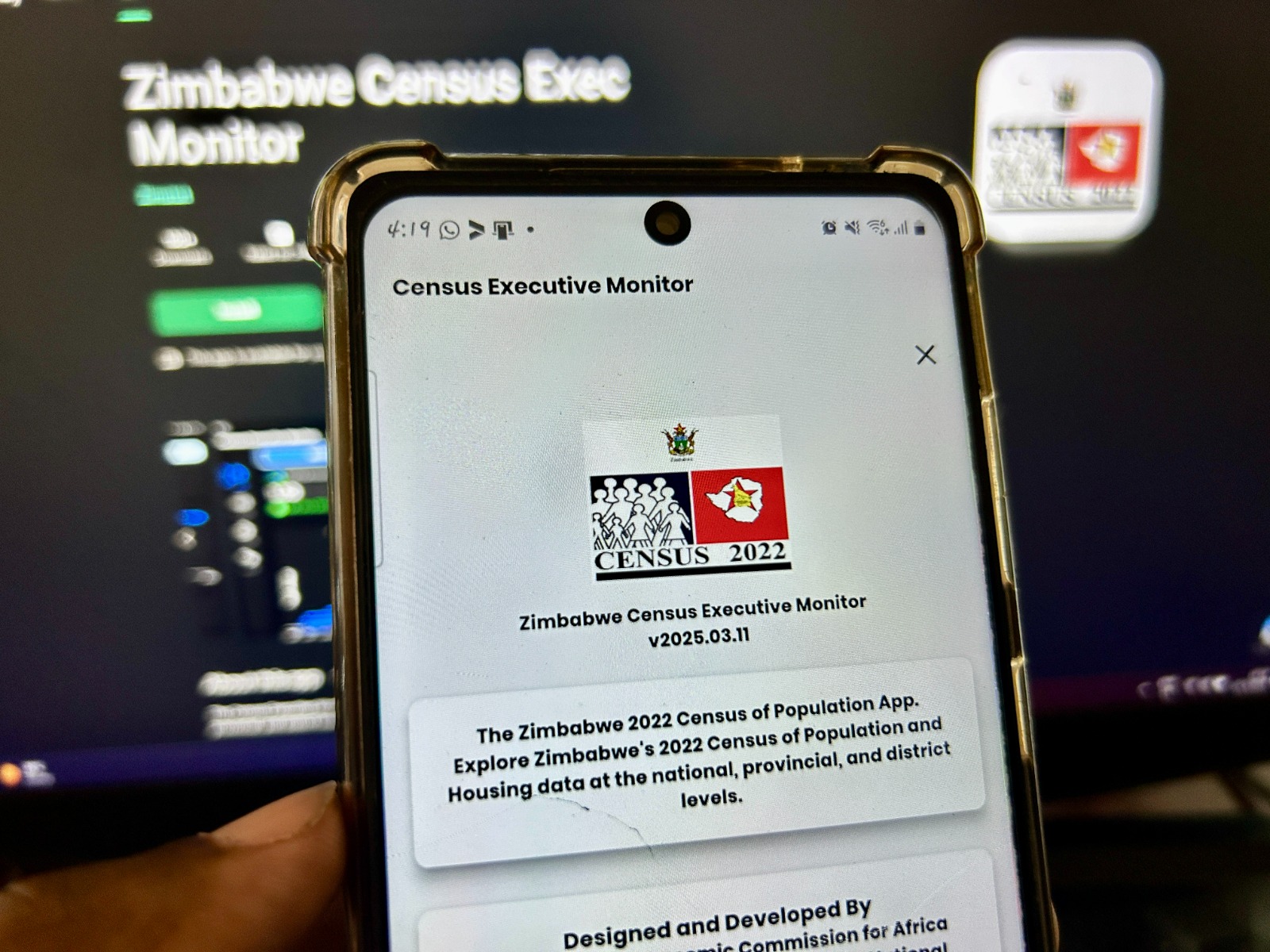


Comments
11 responses
The Pi is a pie in the sky. Its not there – I want it but it is not available for me to buy. Agreed, that this could be very useful to Zim – but it aint there!
Im not a programmer bt having played with pie(after my boss forced me to), lm seriously considering what programs(spying on pple’s keyboard and mobile phones) l can learn to make using it.
Imagine redirecting somebody facebook traffic through the pie, capture or whatsapp chat msg and hav it on you pie without victims noticing! Mmmmmm
With some start-up capital you can easily ship 7 inch Android tablets from China to Zim (or anywhere in Africa) at a cost way below $100 each through Alibaba.com. You can then brand them and sell them at a reasonable markup! more like the Gtide guys did. Plenty of cash there if you know what you are doing. target market include Sxul Kids, College & Varsity Students, teachers, workmates, gvt workers and the general public. And don’t be greedy…3 months payment terms are becoming popular and profitable these days.
Back to the Pi…where can we buy it? Ordered mine in 2010 and still nothing yet!
http://za.rs-online.com/web/generalDisplay.html?id=raspberrypi The lead times flactuates depending on demand, but I’m sure you can afford to wait. I waited for 7 weeks, but that was only the 2nd batch and demand was crazy-high. They have ramped up production since then, so your waiting period should be shorter
Havent we discussed this before. TechZim actually featured a very good article by Tendai http://www.techzim.co.zw/2012/10/aurdino-and-raspberry-pi-we-need-them-in-classrooms-across-the-country/
Yeah I know about it. I was just wondering y nothing has happened yet in terms of supply in Zim. Besides you will notice Tendai’s focus was on schools I just wanted to make sure people understand this device is not only good for education purposes. It is actually a computer that people can use in their homes for everday taks without putting holes in their budgets.
It has a SD Video-out port as well, which connects using AV-cables. So if your TV accepts connections from a DVD player, you can connect a Raspberry Pi to it.
The Raspberry Pi* is not a ‘computing device’, it’s a full-blown computer, so comparing it to ‘computing devices’ like mobile phones and tablets does a disservice to the Pi. Mine runs a full-fledged Debian (‘Raspbian’), show me an X2 that can do that…
I got mine in the second batch, it was supposed to be a Christmas present for my nephews, but I couldn’t exactly gift it without a case, could I? The fact that I discovered that it makes an awesome, always-on torrent box didn’t factor into the decision of me keeping it for a while longer. It’s ability to smoothly play 1080p videos using XBMC also didn’t count. (I’m a horrible uncle).
I guess it hasn’t gained traction locally because people don’t know about it. RS sells it with worldwide courier shipping for an extra $30, so DHL will deliver it to your doorstep.
*Pi; not Pie.
😉 Pie is a pun. I restricted it to the title and conclusion.
Pis.Now available in Zimbabwe. Future computer generation in your pocket. Limited stock. Email: schiwawa100@gmail.com
[…] READ MORE […]